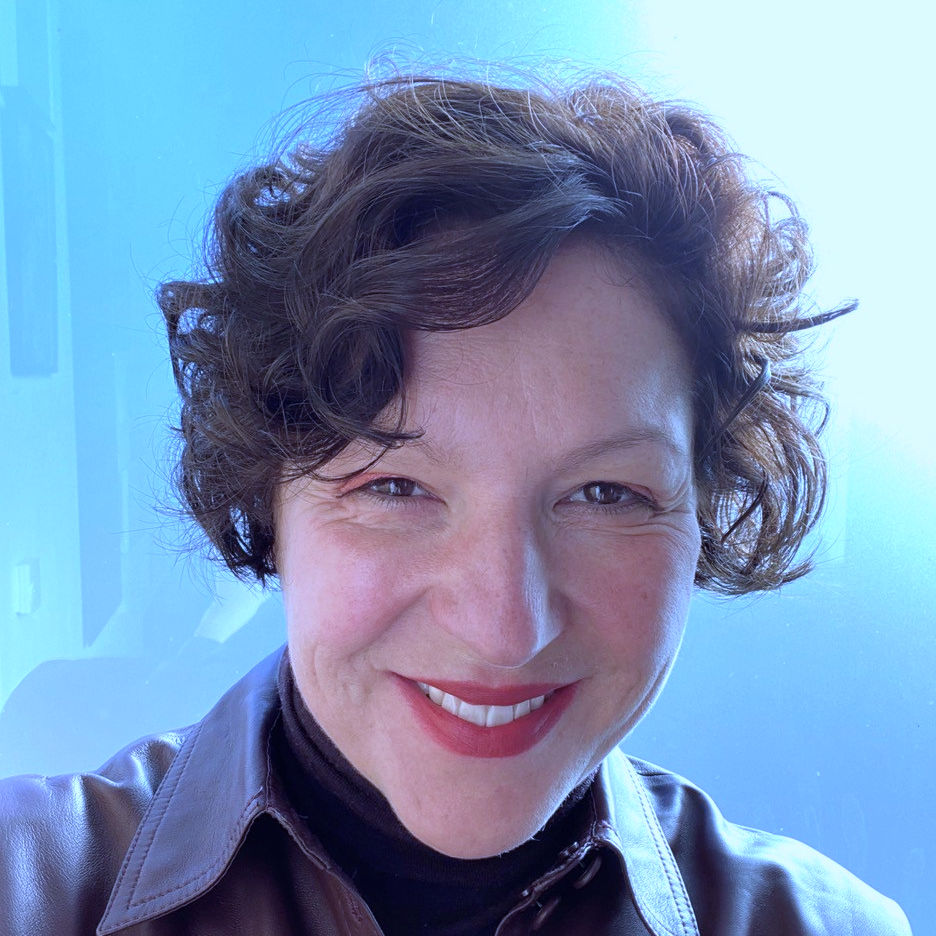November 24, 2023 · By Lizzy Herzer
Skip to content 
Interview with Markus Thielen, CTO of basebox
In April 2023 the first beta version of basebox was released. Here you can find out what has happened since then and which features and components basebox version 1.0. offers. Founder and software engineer Markus Thielen explains the product.

As of today, version 1.0 of basebox is available online. Which components and features are included?
basebox consists of 3 main components:
A schema compiler called bbc (the basebox compiler)
A https GraphQL API server called broker
A database proxy called dbproxy
We have also prepared a demo, a simple TODO application, where all required server components are launched as docker containers via a simple docker-compose-up.
Functions included are, if we do not dig too deep, a full fledged GraphQL API server or backend that is easy to configure and does all the boilerplate resolver functionality for you.
What exactly can I do with the basebox backend API server?
Well, almost everything. It does not fry potatoes or do cold fusion, but in the realm of GraphQL API backends it covers pretty much all use cases. So you can use basebox for all kinds of applications that need a database driven backend. Basically all applications, I would say.
Who did you build basebox for or who should use basebox?
In the beginning, we mainly targeted teams building apps that fall under medical device regulations, i.e. medical apps that help diagnose diseases, medical decision support systems and the like. The idea for this came at a time when René and I were in charge of consulting medical startup teams for the Charité/Berlin Institute of Health. We learned that almost no team was prepared for device regulation, and most of them came up with makeshift backend solutions that would not scale well or be certifiable. And that there was no backend solution that could meet these requirements.
That's why we designed and developed basebox according to ISO 13485 and IEC 62304, the two main regulations for medical devices. Complying with these regulations requires a lot of work and knowledge, and we are very fortunate to have Gerd Dautel, a medical device regulatory and quality management expert, on board.
In other words, our goal was to create a backend solution for highly regulated, critical areas that require the best possible performance and reliability, namely medical devices, but of course all projects benefit from quality management, reliability and performance.
Do programmers underestimate the effort they would normally have to put into a secure backend?
I think so, yes. And I have seen it during my time as a consultant. And I used to underestimate it myself.
How do I get basebox, what do I have to do and what do I have to be able to do to use it?
Just point your browser to https://basebox.io/download and download a tar archive.
Can you help me with the installation?
Sure, just send an email to support@basebox.io and we will be happy to help you.
Do I have to pay for basebox or can I try it for free first?
basebox is free for the first 10 user accounts, so you can start for free. See our https://basebox.io/pricing page for more information.
What is the next step for basebox on the development side? What challenges do you still have to face as a programmer?
Our next step is to find out what our fellow programmers who use basebox need and want so that we can decide what functionality to add to basebox. I think that's a big challenge for all startups. So we'd love to hear from our users!
What do you wish for yourself as a programmer in the near future (besides holidays)?
Although I am certainly no Miss Universe, I would wish the world a lot more peace than it has right now. And as a programmer, I'd love to know if other programmers like our idea for a backend solution.